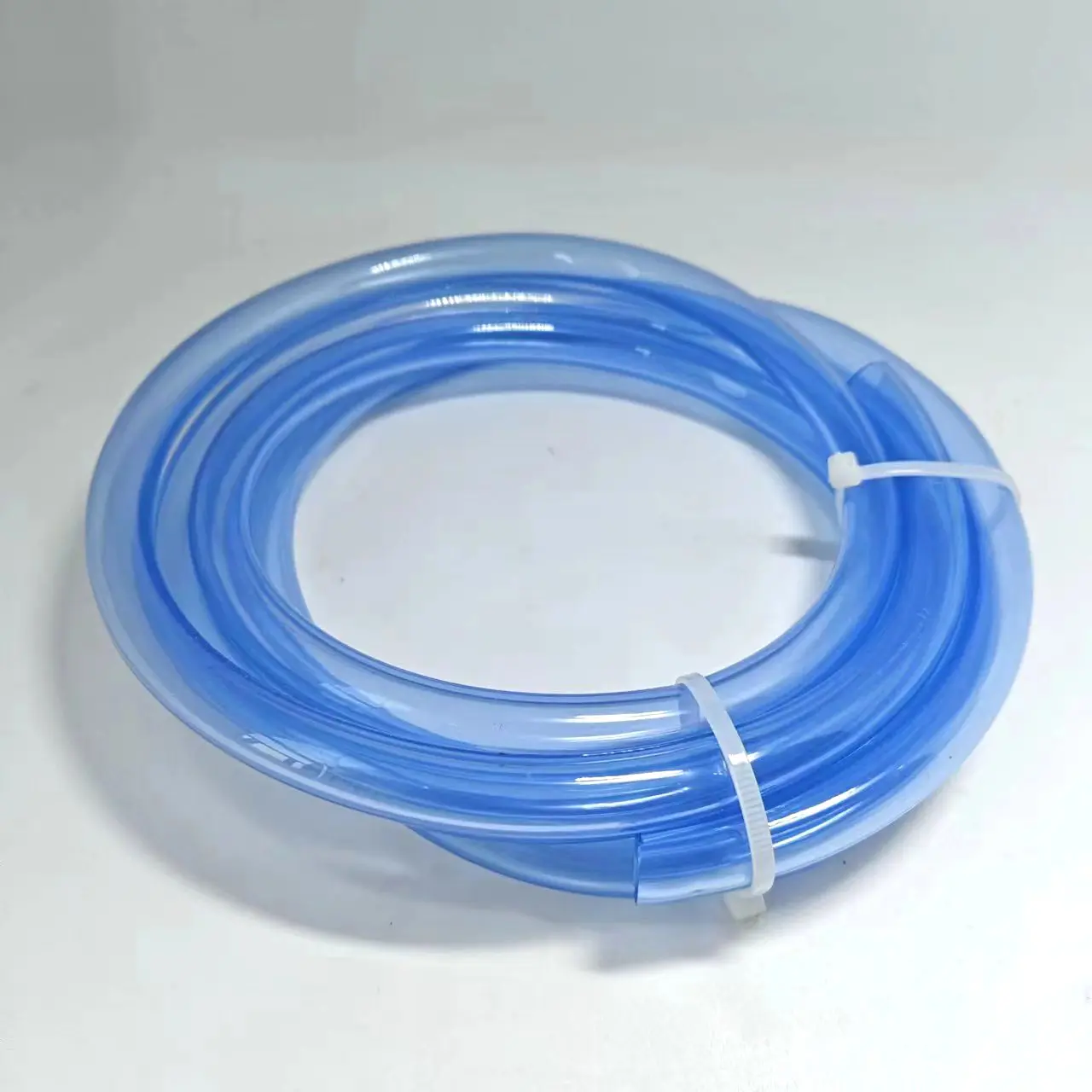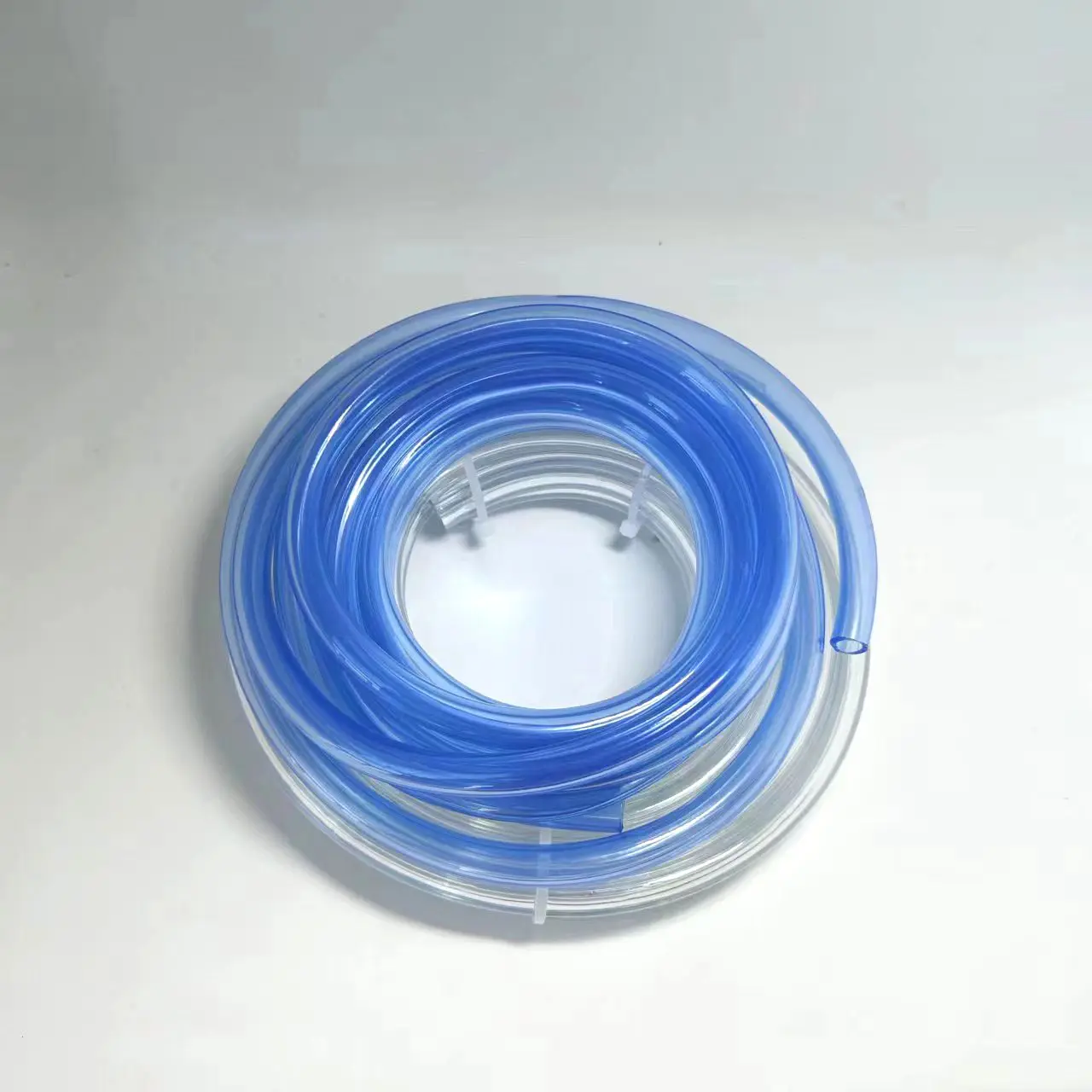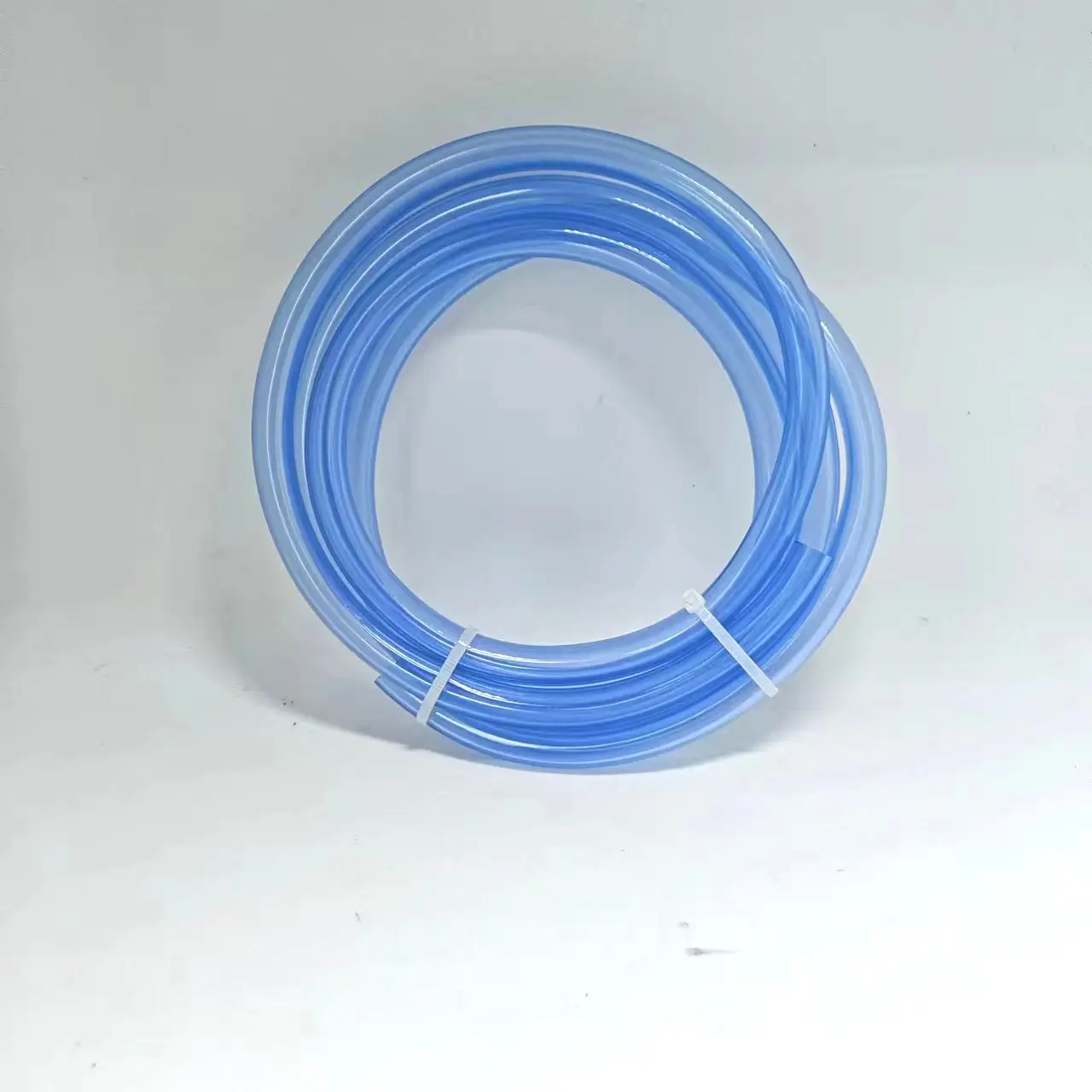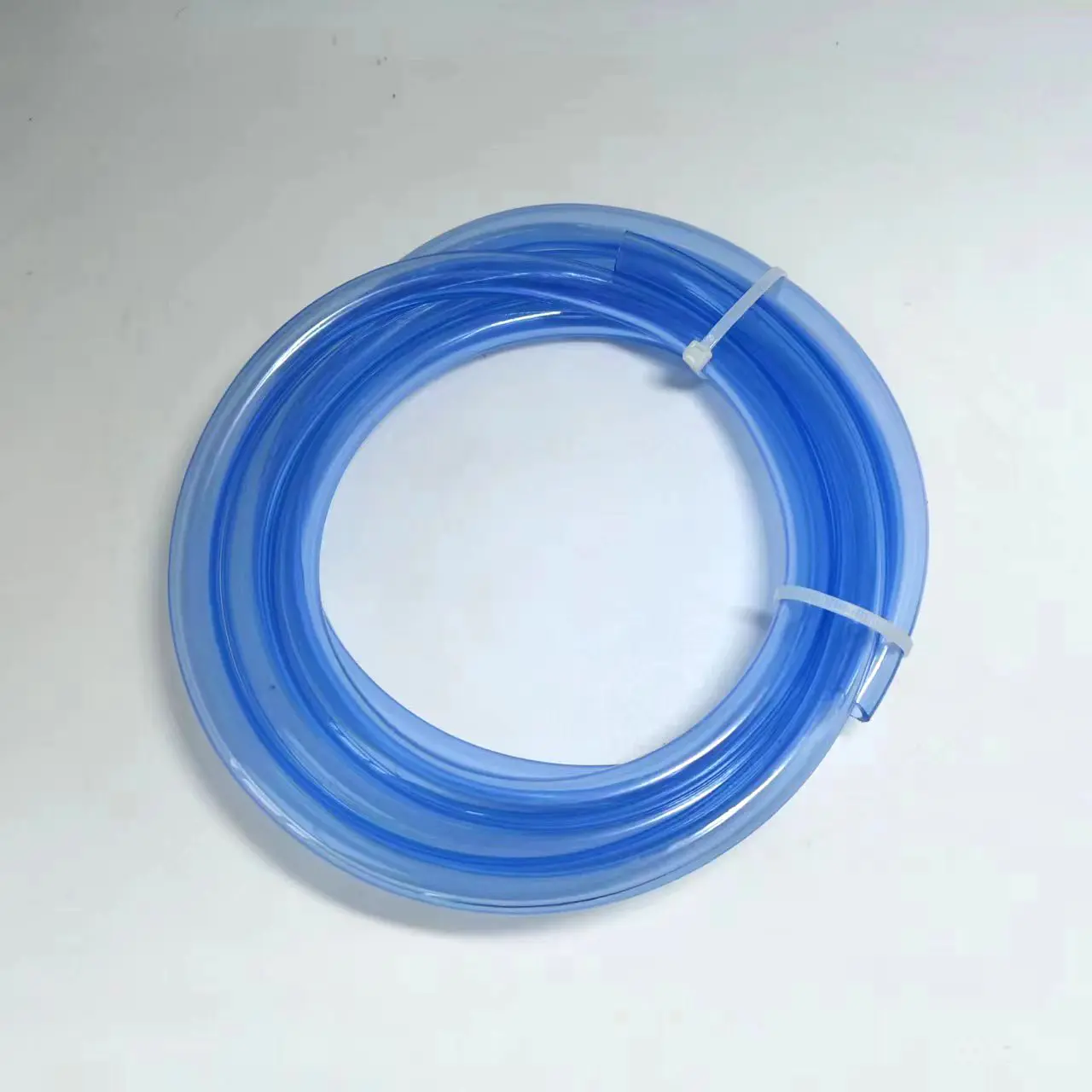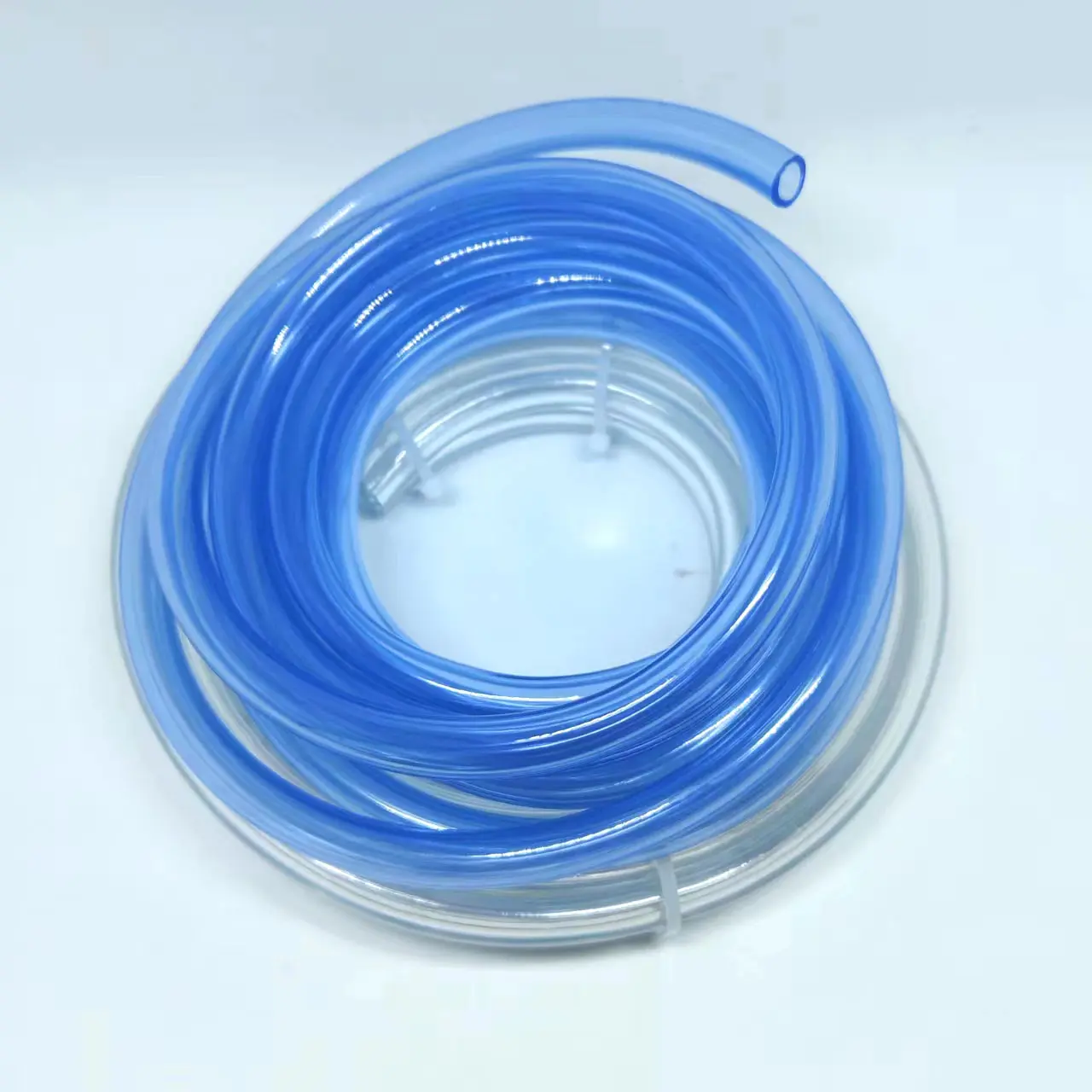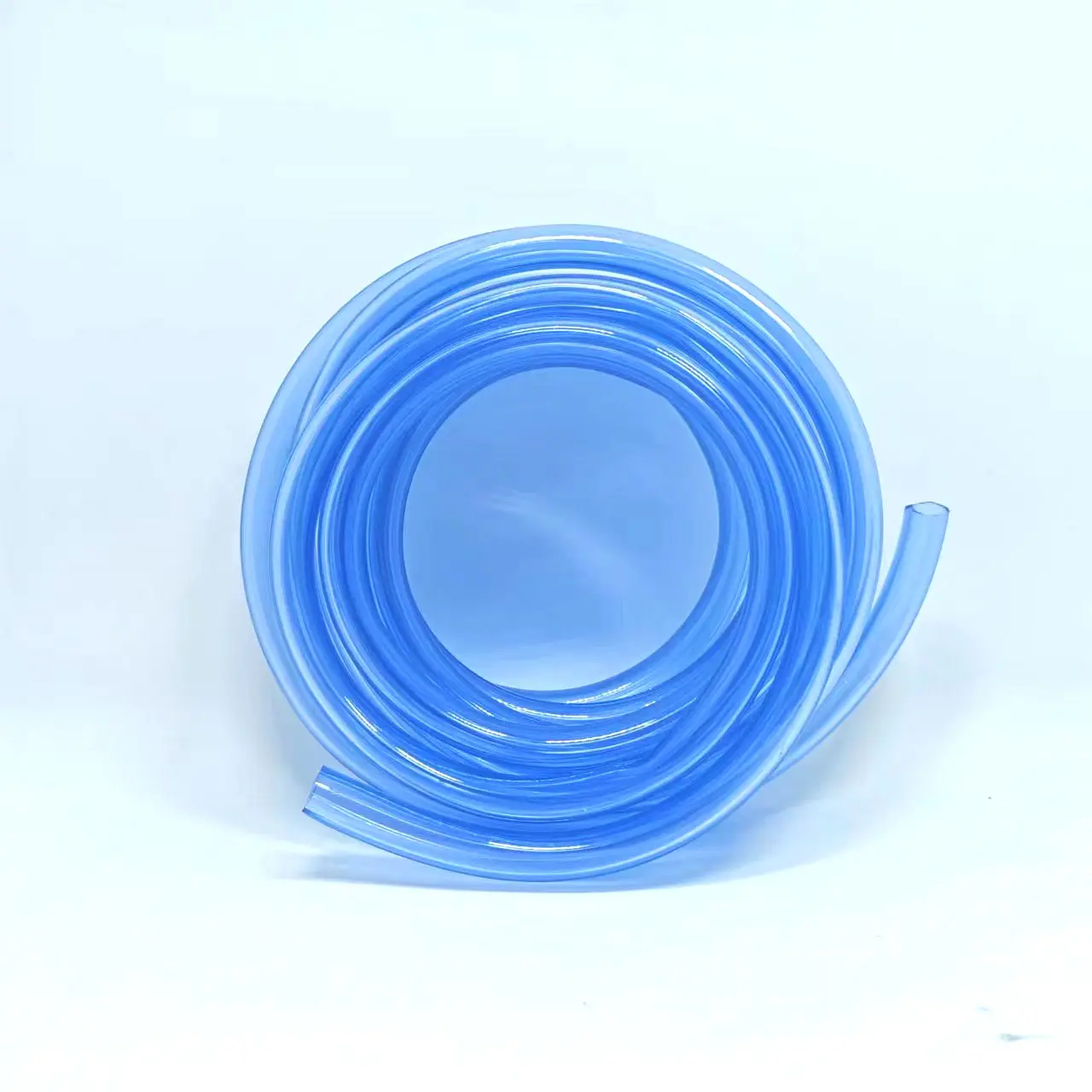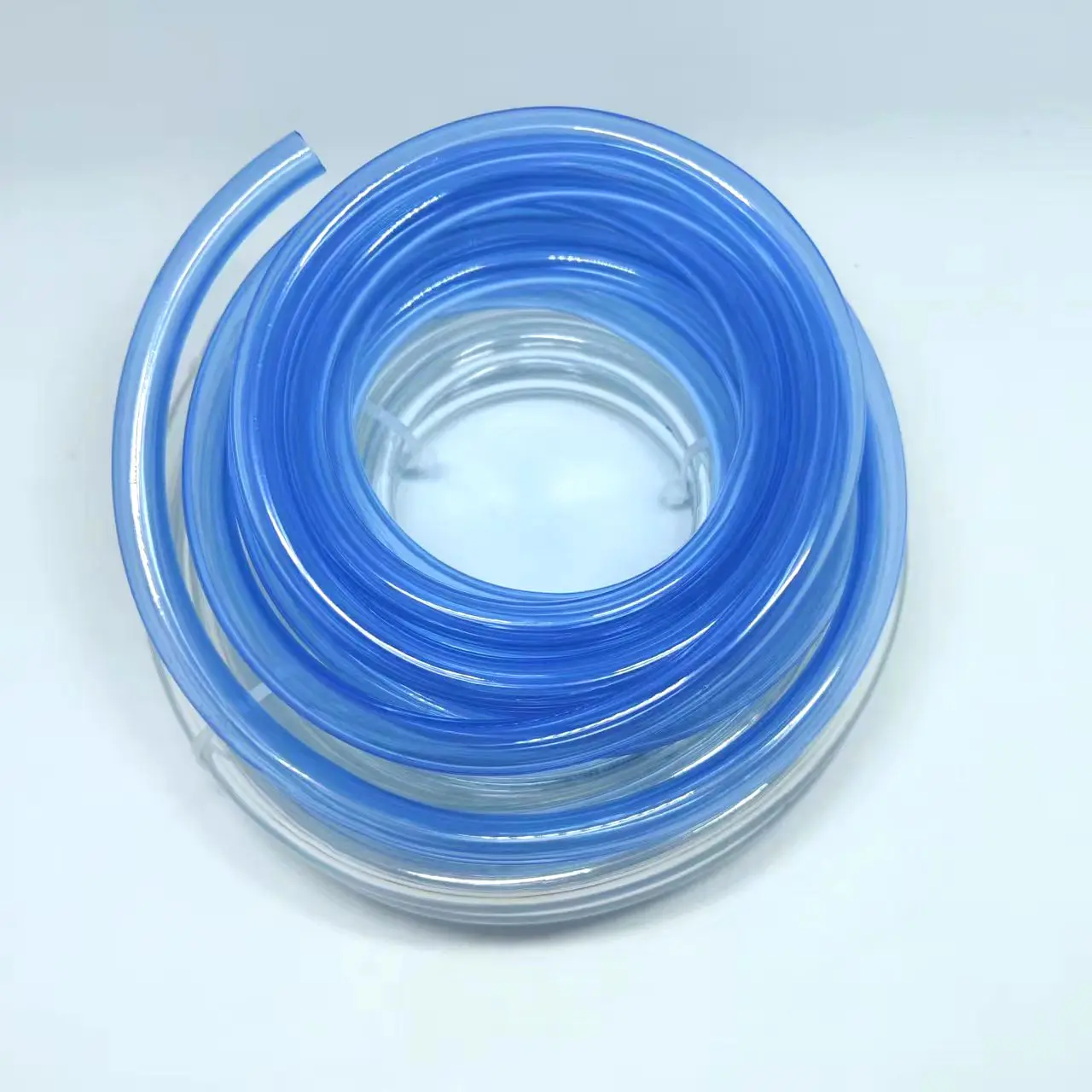Product Fundamentals and Core Features
PVC clear milk hoses are essential transfer tools widely used in Mexico's dairy industry, highly valued for their unique transparent design and food safety characteristics. These hoses are typically divided into two main types: single-layer clear (PVC Single Clear Hose) and double-layer clear (PVC Twin Clear Hose), specifically designed for transferring milk and other liquid food products.
Core Product Features:
Fully transparent walls: Allow operators to monitor liquid flow throughout the process, facilitating detection of any abnormalities
Food-grade materials: Comply with Mexican food safety standards, ensuring no contamination of dairy products
Flexible and bendable: Suitable for complex milking environments and workflows in Mexican ranches
Lightweight design: Reduces operator fatigue and improves work efficiency
In Mexico, the transparency of these hoses is particularly valued, as the local dairy industry widely believes that "visible safety is real safety."
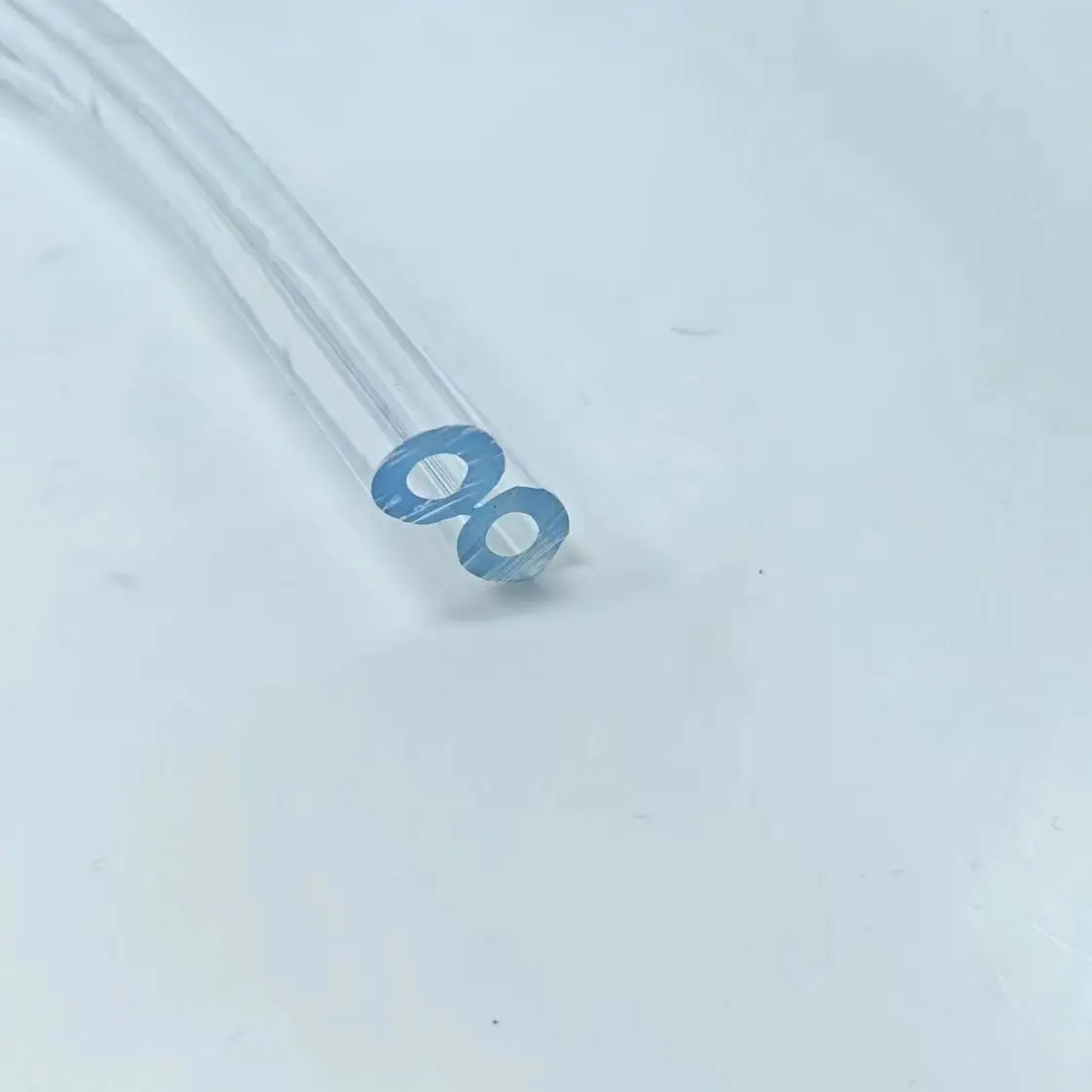
Analysis of Primary Application Scenarios in Mexico
Ranch Milking Operations
PVC clear milk hoses play a crucial role in Mexico's major dairy-producing regions:
Milking Applications:
• Main transfer pipes connecting milking machines to collection tanks
• Flexible connectors for mobile milking equipment
• Direct manual milk transfer in small ranches
Milk Transfer Applications:
Intermediate transfer from ranches to refrigerated transport vehicles
Connections between different milk storage tanks
Backup transfer lines for emergency situations
Dairy Processing
Connections for raw milk entering pre-processing systems
Short-distance transfer during pasteurization
Final inspection sections before product filling
Analysis of Market Consumption Characteristics in Mexico
| Selection Criteria | Large Dairy Companies | Medium-Sized Ranches | Small Family Ranches |
|---|---|---|---|
| Type Preference | Double-layer clear | Single-layer clear | Economy single-layer |
| Diameter Choice | Larger sizes | Medium sizes | Smaller sizes |
| Purchase Frequency | Regular replacement | As-needed purchases | Replacement when damaged |
Reasons for These Differences:
Budget variations among differently sized operations
Differences in usage intensity and work environments
Varying understanding of food safety standards
Availability of technical support services
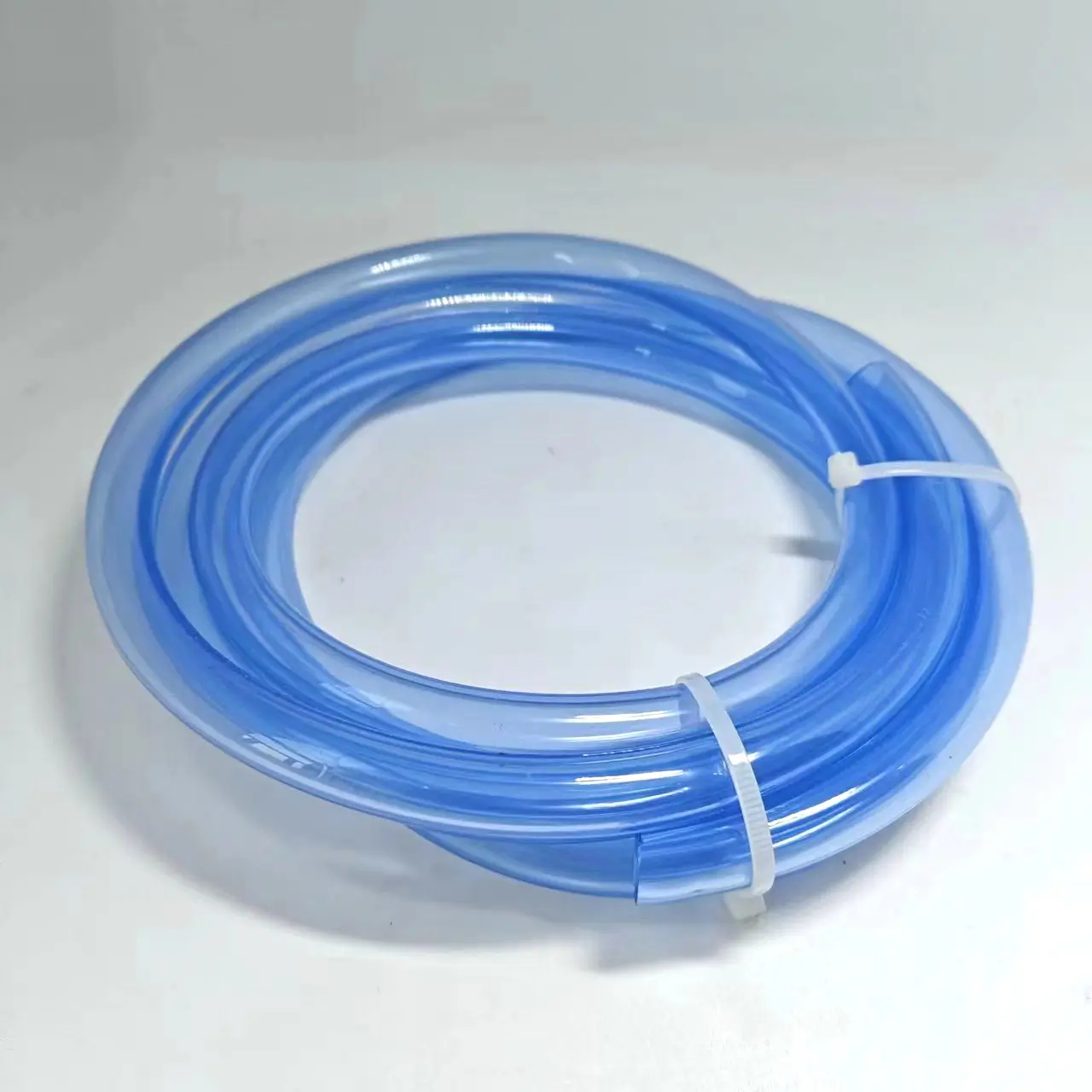
Core Reasons for the Product's Popularity in Mexico
Industry Tradition Influence:
Long-standing visualization practices in Mexico's dairy industry
Adherence to the "seeing is believing" quality control philosophy
Adaptation to Mexico's unique ranch work models
Product Advantages:
Fully transparent walls build trust
Compliance with strict national regulations for food contact materials
Flexibility adapts to various ranch terrain conditions
Easy installation and maintenance features
Economic Practicality:
Better cost-performance than stainless steel piping systems
Lowers equipment investment thresholds for small ranches
Relatively low repair and replacement costs
Professional Usage and Maintenance Recommendations
Daily Usage Tips:
Check for changes in hose transparency before use
Avoid contact with sharp objects and excessive bending
Regularly inspect seal performance at connection points
Observe working temperature range limits
Cleaning and Sanitization Protocols:
• Clean immediately after each use
• Regularly sanitize with specialized disinfectants
• Ensure complete drying before storage
• Avoid corrosive cleaning agents
Storage Requirements:
Store away from direct sunlight
Maintain a ventilated, dry environment
Avoid storage with chemicals
Use proper coiling methods for storage
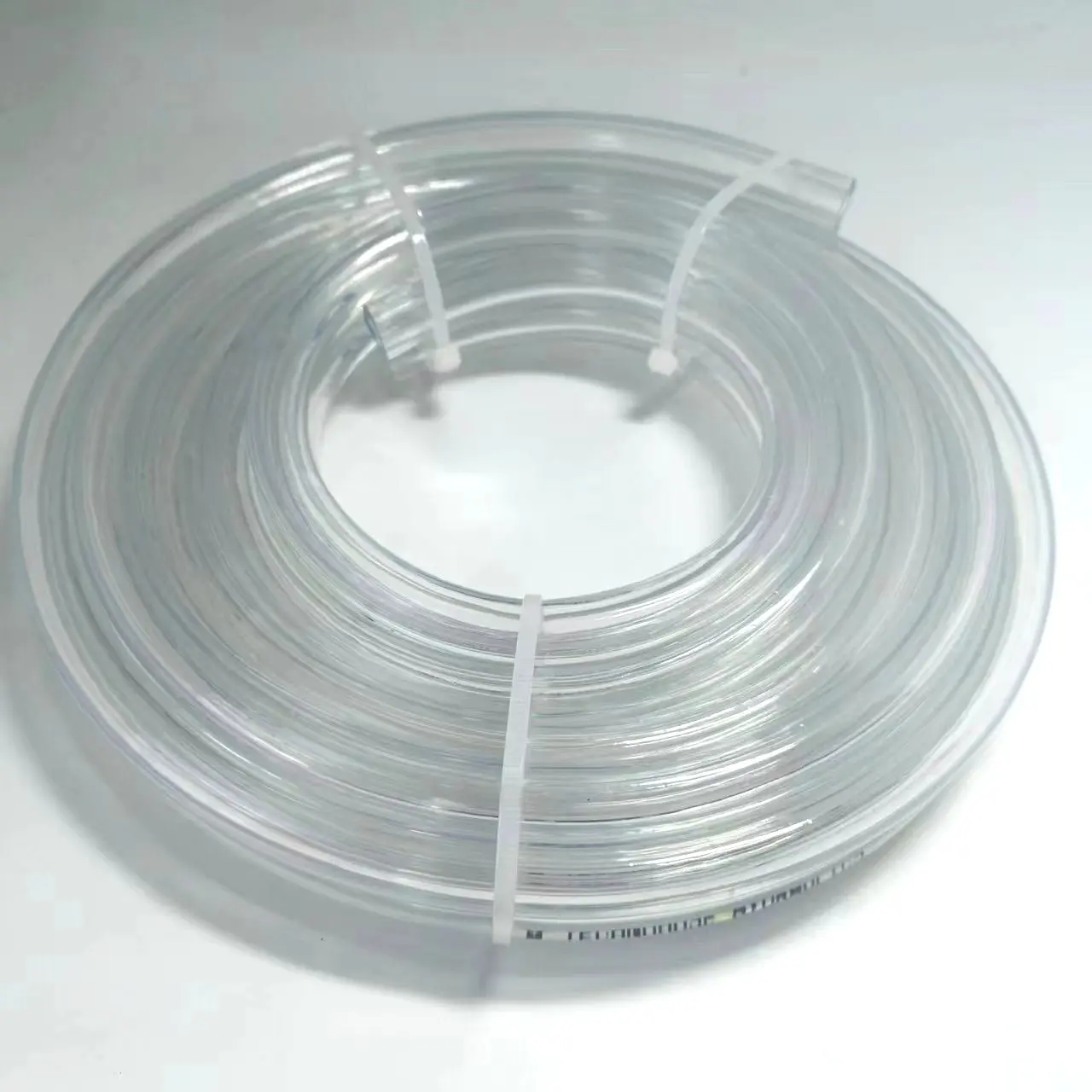
Real-World User Case Studies in Mexico
After fully adopting PVC Twin Clear Hose, milking efficiency increased by 25%, downtime due to piping issues decreased by 40%, and staff found it easier to monitor hygiene conditions.
Particularly praised the cost-performance advantages of single-layer clear hoses, ensuring food safety while effectively controlling costs, making them especially suitable for medium-sized ranches.
Economy clear hoses significantly lowered their equipment investment threshold, enabling small-scale dairy farmers to use professional equipment that meets hygiene standards.
